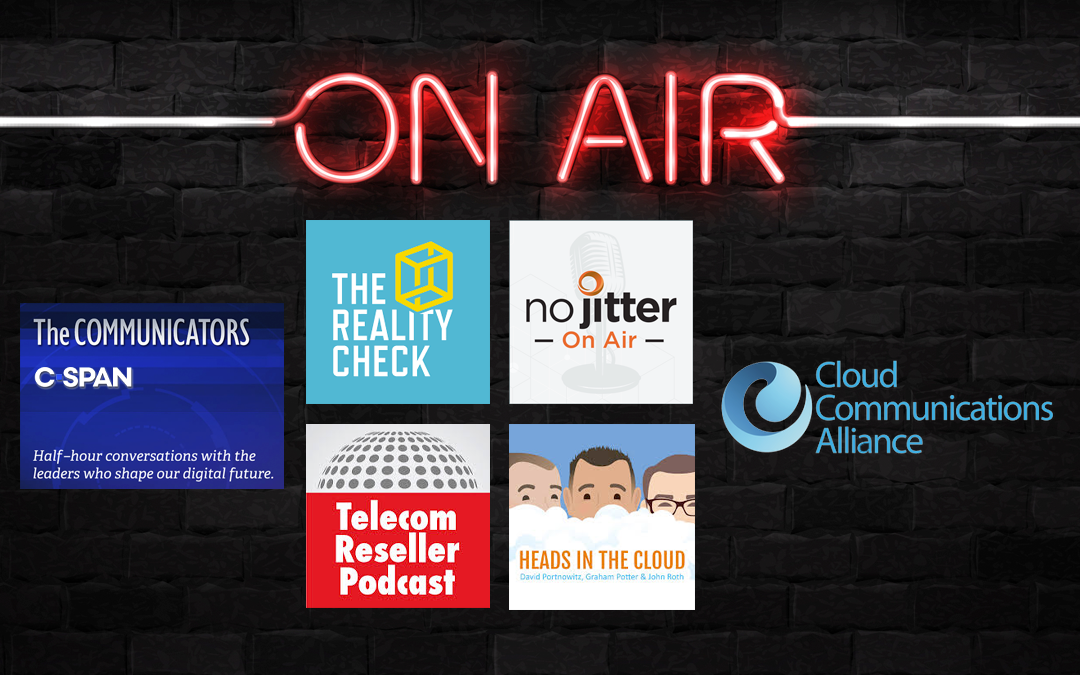In today’s fast-paced digital landscape, the smooth delivery of text messages is often taken for granted. However, the reality is that various factors can impede the successful transmission of your messages, leading to frustration and inefficiency. Let’s delve into the complexities of message deliverability and uncover the reasons behind potential roadblocks that prevent your texts from reaching their intended recipients.
1. Incorrect Number Type
Selecting the wrong type of phone number for your messaging endeavors can pose significant challenges. Whether engaging in A2P or P2P messaging, choosing the appropriate number – such as toll-free or short codes – is crucial to avoid triggering carrier filters.
2. Carrier SPAM Flagging
Even legitimate messages can fall prey to carrier SPAM filters, resulting in delivery disruptions. Familiarizing yourself with each carrier’s guidelines and steering clear of SPAM triggers in your messages is essential to safeguard against blocks.
3. Opt-Out Requests
Respecting users’ opt-out preferences is paramount to maintain compliance and uphold trust. Ignoring opt-out requests and persisting with message transmissions can lead to delivery failures and legal consequences.
4. Link Inclusion Challenges
While including links in messages can enhance engagement, it also introduces complexities. Utilizing proper link shorteners using your own registered domains and adhering to best practices can mitigate the risk of message blocking by carriers.
5. Excessive Messaging Volume
Sending an excessive number of messages within a short timeframe or surpassing A2P messaging limits can trigger delivery issues. Maintaining a balanced sending ratio and adhering to carrier restrictions is crucial for uninterrupted delivery.
6. Unsupported Receiver Devices
Not all devices are equipped to receive text messages, such as landlines. Attempting to send texts to incompatible devices will inevitably result in non-delivery.
7. Network Connectivity Problems
Network disruptions or carrier-related issues can hinder message delivery, causing delays or failures. Monitoring network performance and promptly addressing connectivity issues is vital to minimize delivery disruptions.
8. Content Violations
Messages containing illicit content or sensitive topics may trigger carrier filters, resulting in delivery blocks. Adhering to content guidelines and avoiding controversial topics is essential for ensuring successful message transmission.
9. Customer Complaints
Recipient complaints can prompt carriers to block message delivery, even if compliance standards are met. Addressing customer concerns and fostering clear communication can help mitigate this risk.
10. International Roaming Restrictions
Sending messages to recipients abroad or while roaming may encounter delivery challenges due to network limitations or carrier restrictions.
11. Billing Issues
Prepaid plans with outstanding balances may block incoming messages until payment is received, leading to delivery failures.
12. Human Error
Simple mistakes, such as entering incorrect phone numbers, can result in message delivery failures. Double-checking recipient details can help prevent such errors.
13. Receiver’s Device Status
Recipient devices turned off or experiencing technical issues may temporarily prevent message delivery. Patience may be required in such cases, as messages may be delivered once devices are back online.
Bonus Tip: Time-Outs & False Negatives
Message delivery failures aren’t always definitive. Time-outs and delayed delivery reports can create false negatives, leading to misconceptions about message status.
Navigating the complexities of message deliverability requires diligence and adherence to best practices. At Commio, we understand the importance of effective communication and are here to assist you every step of the way. Our team works with you one-on-one to ensure that your messaging campaigns are set up for success and reach your end users seamlessly.
With our personalized approach and expertise, you can enhance the likelihood of your messages reaching their intended recipients successfully. Remember, effective communication begins with ensuring that your messages not only leave your device but also arrive at their destination.















